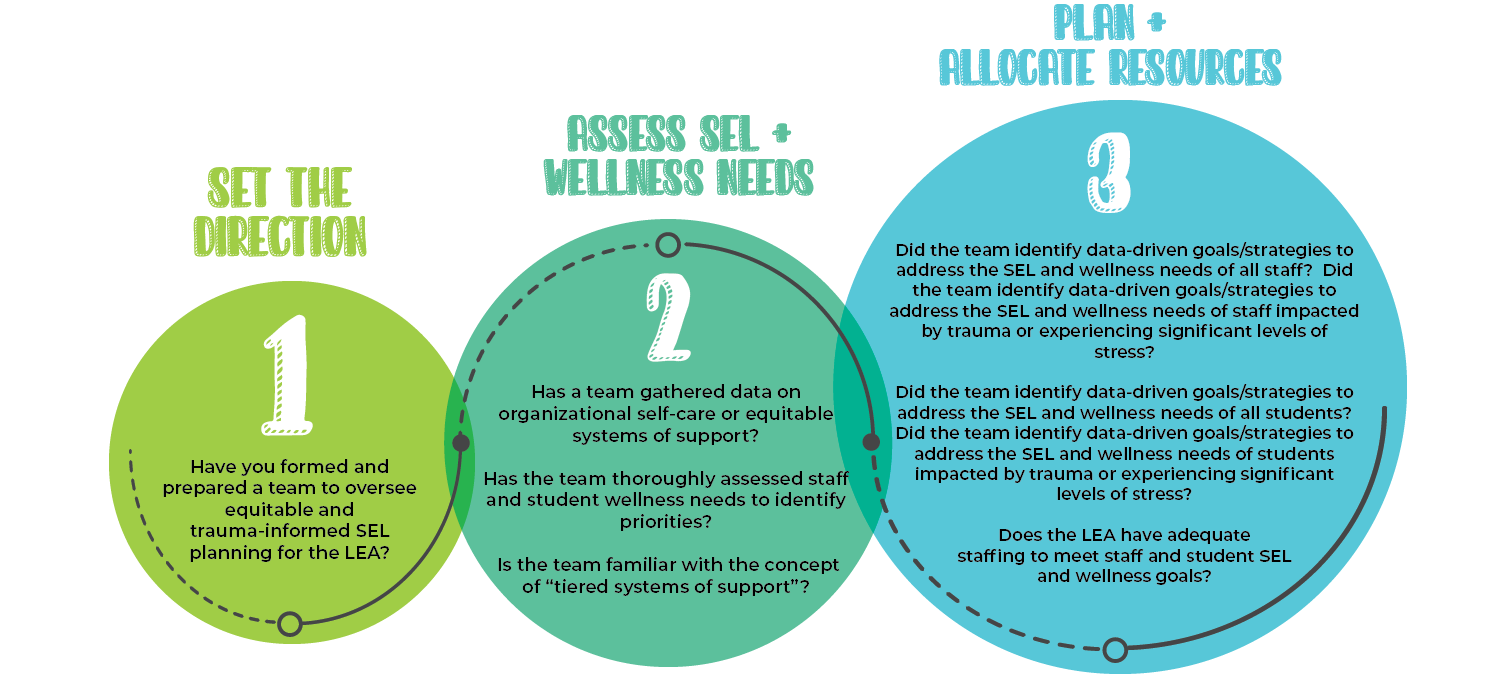ARP ESSER Guidance on Social and Emotional Learning (SEL)
Act 24 of 2021 appropriated approximately $250 million in American Rescue Plan (ARP) Act Elementary and Secondary School Education Relief (ESSER) State Reserve funds to school districts and charter schools to address gaps in students' learning and social and emotional wellness through the implementation of evidence-based interventions. Those interventions should respond to students' social, emotional, and academic needs and address the disproportionate impact of COVID-19 on underrepresented student subgroups. Thirty percent (30%) of each local education agency's (LEA) allocation must be used to address the social, emotional, and mental health needs of students. When planning ARP-ESSER spending, it is important that LEAs adopt a systematic approach to planning social and emotional learning (SEL) and behavioral health supports. This SEL Decision-Tree is designed to help LEAs decide how to use ARP ESSER funds to improve learning environments through SEL and mental health supports. While LEAs may use their own frameworks for planning, a cyclical planning process is recommended to help teams set goals, identify ways to improve, and evaluate change. This "cycle of continuous improvement" includes distinct activities at each phase. This guide is focused on the first three phases of that process: Set, Assess, and Plan.

Before you start, review the PDE Accelerated Learning toolkit and "Fostering Supportive Learning Environments" webinars. This resource from the Collaborative for Academic, Social, and Emotional Learning (CASEL) on LEA-wide implementation includes many useful embedded resources and examples of LEA-wide SEL in action.
Please use the SEL Decision-Tree Guide below which is designed to help LEAs decide how to use ARP ESSER funds to improve learning environments through SEL and mental health supports. Each phase of the decision-tree provides a series of guiding questions to be used by the LEA to ensure that ARP ESSER spending is approached in a manner that is evidence-based, sustainable, and integrated with other initiatives.